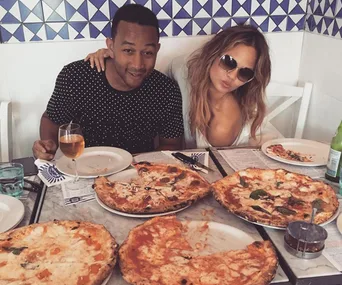When it comes to dieting, it can be hard to find one that suits you and your needs.
However, it’s important to note that some eating patterns have more scientific backing than others.
Whether you’re looking to lose weight or simply boost your overall health, try to find diets that are supported by research.
We take a look at the ones that will get you shredded, while others may make you sick.

Some diets have more scientific backing than others.
(Image: Getty Images)Worst Diets
✘ Wine and Egg Diet
In 1977, Vogue magazine published a “crash diet” for women called The Wine and Egg Diet.
As the name implies, this unusual and restrictive eating plan includes lots of wine and eggs, plus some steak with lemon juice, and coffee.
It may sound pretty good, but that’s all you can eat for three days straight. You can have wine at breakfast and are encouraged to drink up to a bottle a day, with the diet promising that the follower will lose 2kg.
Recently, the diet went viral online, with many women trialling it. Most reported feeling dizzy and lethargic. They also experienced strong stomach pains.
Even if they did lose a little weight, all the participants agreed that they would not recommend it.
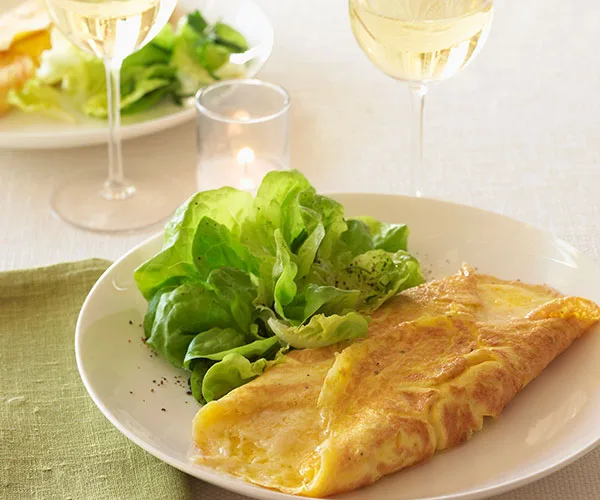
The Wine and Egg Diet may sound tempting, but there are some not-so-nice side effects.
(Image: Getty Images)✘ Lemon Detox Diet
The Lemon Detox Diet, or Master Cleanse, involves surviving solely on a concoction of water, lemon, maple syrup and cayenne pepper for more than a week.
For 10 days, dieters shun all solid foods and drink the strange spicy tea mix.
Not only are you getting almost no nutrients or calories during this period, some users experience nausea and weakness as the days progress.
Almost all weight loss from this will be either temporary water weight or muscle mass, which will cause your metabolism to slow down.
So as soon as you start eating solid food again, expect to gain back what you lost – and then some.
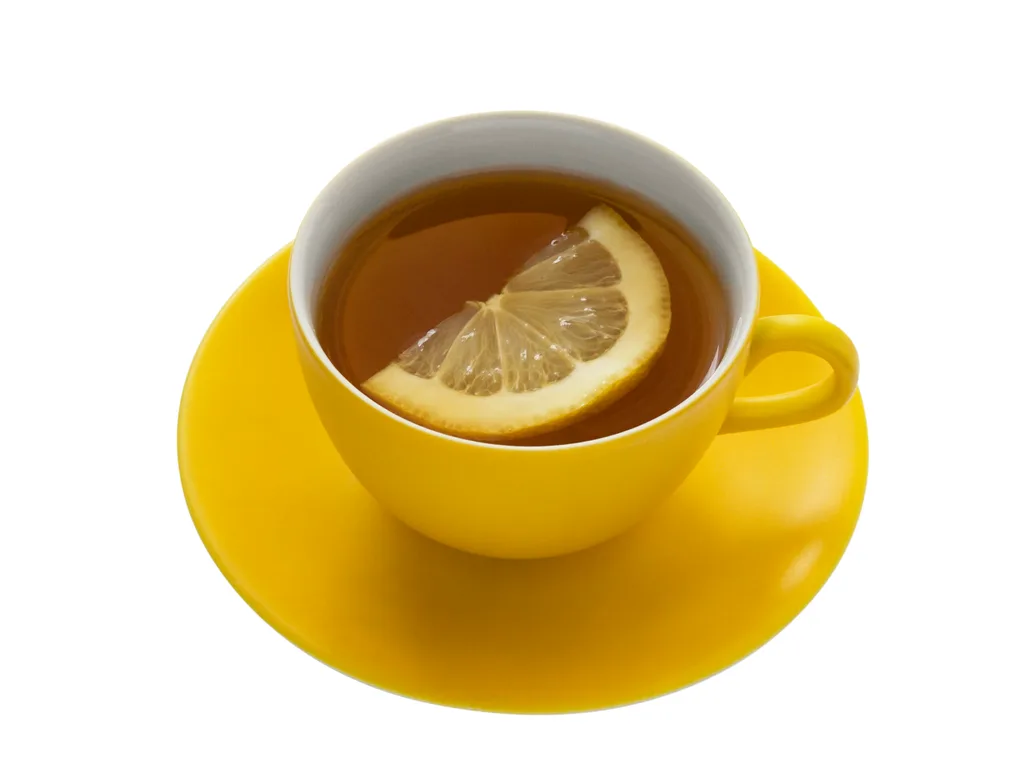
Lemon Detox dieters experienced nausea and weakness as the days progressed.
(Image: Getty Images)✘ Cabbage Soup Diet
This fad diet has been doing the rounds for a long time! This simple meal plan consists of only cabbage soup, which is then eaten for every meal.
While it sounds easy, and will make batch-cooking simpler, there are no health benefits from eating the same food over and over.
A healthy diet requires eating a variety of foods to get adequate vitamins and minerals.
The cabbage soup is also short on protein and heart-healthy fats, both of which contribute to feeling satiated.
Balance is key, so this diet, along with other one-food diets like the grapefruit or boiled-egg diet, should be avoided.

There are no health benefits from eating the same food over and over- even cabbage soup.
(Image: Getty Images)✘ Tapeworm Diet
Talk about extreme! The Tapeworm Diet pushes the boundaries of how far people are willing to go to lose weight.
The concept is that the dieter orders a tapeworm-egg capsule via a black market website.
They then swallow the pill and “magically” lose kilos.
Various health issues can arise from swallowing a parasite.
While the tapeworm grows and absorbs the calories, it also absorbs all the nutrients you consume.
Side effects include severe malnutrition, debilitating pain, nausea and diarrhoea.
The eggs also spread to multiple parts of your body and can cause life-threatening issues.
The tapeworm is also hard to kill, and usually requires a hospital visit to remove.
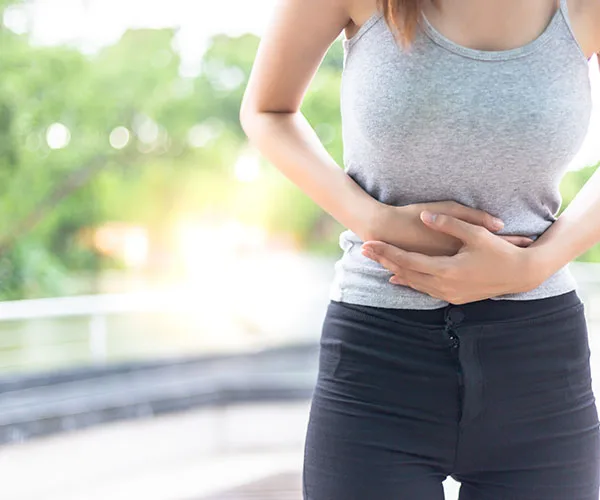
The Tapeworm Diet pushes the boundaries of how far people are willing to go to lose weight.
(Image: Getty Images)✘ Baby Food Diet
Created by celebrity trainer Tracy Anderson, who works with clients like Gwyneth Paltrow, the Baby Food Diet sees people replace two meals a day with jars of pureed peas and bananas.
But each jar contains about 70-100 calories, which is dangerously low for adults.
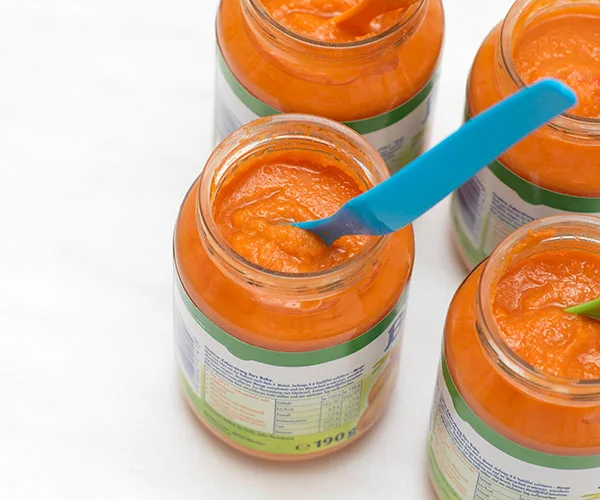
Like the name suggests, leave baby food for babies.
(Image: Getty Images)Best Diets
✔ Mediterranean Diet
If you can’t afford to sun yourself in the Mediterranean, you can at least adopt their diet!
The Mediterranean Diet emphasises foods that were commonly eaten around the region during the 20th century and earlier.
It includes plenty of vegetables, fruits, fish, poultry, whole grains, legumes, dairy products and extra virgin olive oil.
This eating plan has been proven to be effective for heart disease prevention.
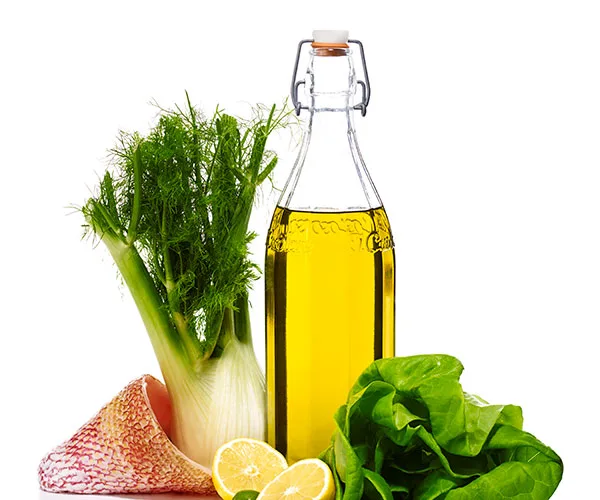
The Mediterranean Diet includes foods like fresh fruit and veggies, fish and extra virgin olive oil.
(Image: Getty Images)✔ Low-Carb, Whole-Food Diet
The Low-Carb, Whole-Food Diet is ideal for people who need to lose weight, optimise their health, and lower their risk of disease.
It’s flexible, allowing you to fine-tune your carb intake.
This diet is high in vegetables, meat, fish, eggs, fruits, nuts, and fats, but low in starches, sugars and processed foods.
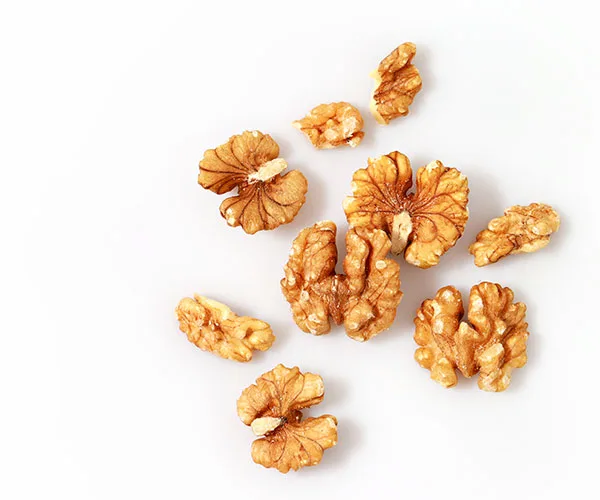
We’re nutty about walnuts, and you will be too if you opt for the Low-Carb, Whole-Food Diet.
(Image: Getty Images)✔ DASH Diet
Despite the name, this diet has nothing to do with being in a hurry.
DASH stands for “dietary approach to stop hypertension” and was created by the National Institutes of Health (NIH) to help reverse trends of obesity and heart disease.
Doctors recommend it for lowering high blood pressure, reversing diabetes, and lowering the risk of heart disease.
The diet features plenty of vegies, fruits and low-fat dairy products, plus whole grains, fish, poultry and nuts.
It offers limited portions of red meat, sweets and sugary beverages.
Watch below: Everything you need to know about the DASH Diet. Post continues after video…
Hear from an expert
Dietitian and SunRice Ambassador Lyndi Cohen shares her three tips for making sustainable diet choices.
These days, diets are often disguised as a ‘healthy lifestyle choice’ or a ‘way of eating’. The truth is that all diets work until they stop working.
While you may initially lose weight, if you can’t maintain the diet, you’ll end up struggling with consistency in the long run and create a bad relationship with food.
The truth is that you don’t need to follow a restrictive diet to be healthier and feel comfortable in your body – you simply need to adopt a healthier approach to food and live a more balanced lifestyle.
Here are my three top tips for making sustainable choices to help you kick-start your journey:
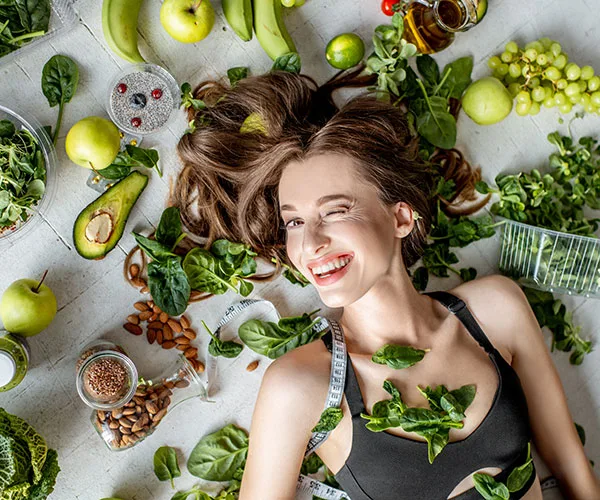
Restrictive diets are out and a healthier approach to food and a more balanced lifestyle is in!
(Image: Getty Images)1. There is no quick fix
There is no perfect diet for everyone. The trick to being healthy is to find what works for you and stick to it, instead of getting caught in a quick fix.
Before starting a new diet, ask yourself if you can live on this diet for the rest of your life. If you want to maintain the results for longer than a manicure, then you need to be able to say yes.
Be especially cautious of cutting out whole food groups, like carbs, as they’re an important food group to include in your diet to make sure you’re getting the nutrition you need.
2. Stock the pantry full of healthy, convenient foods
Realistically, you need to take shortcuts to make good health easier and more sustainable for you.
Keep the pantry stocked with convenient foods to help save time and energy, and to make sure you always have a healthier option available.
My favourite pantry staples are tins of legumes, nuts, tuna, and SunRice Infusions steamed rice, so you can add plenty of flavour to dishes without spending too much time in the kitchen.
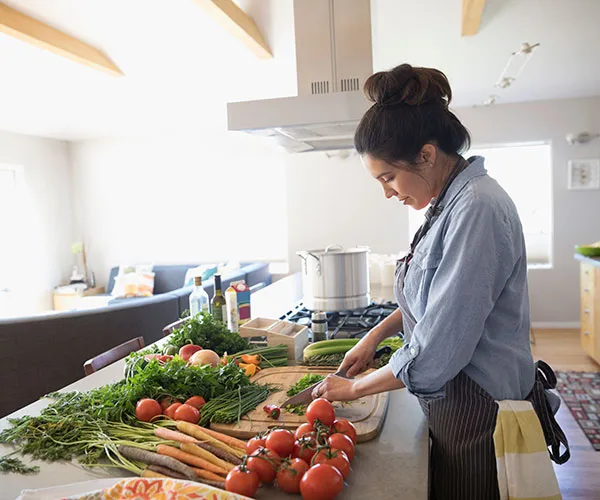
Keep the pantry stocked with healthy convenient foods like tins of legumes, nuts, tuna as well as the fresh stuff.
(Image: Getty Images)3. Adopt healthy habits
Create habits that are sustainable. Maybe start meal prepping once a week to help you stay healthy during the week, or simply eat one more serve of wholegrains a day.
Little changes really do end up adding to something big.
Watch below: Healthy eating ideas to try. Post continues after video…
Health news
Protein is a vital part of your diet which helps the body to build and repair tissue.
Recent studies show that 46 per cent of people over 50 aren’t eating enough protein.
As we age, protein is vital for maintaining health, and a lack of protein can increase the risk of falls and fractures.
But to get your fill you don’t have to turn to a diet of steak.
Optimum Nutrition have just released a range of snacks that are high in protein and act as an afternoon treat.
From chocolate-covered nuts to cake bites, you can indulge while helping your body stay strong.

